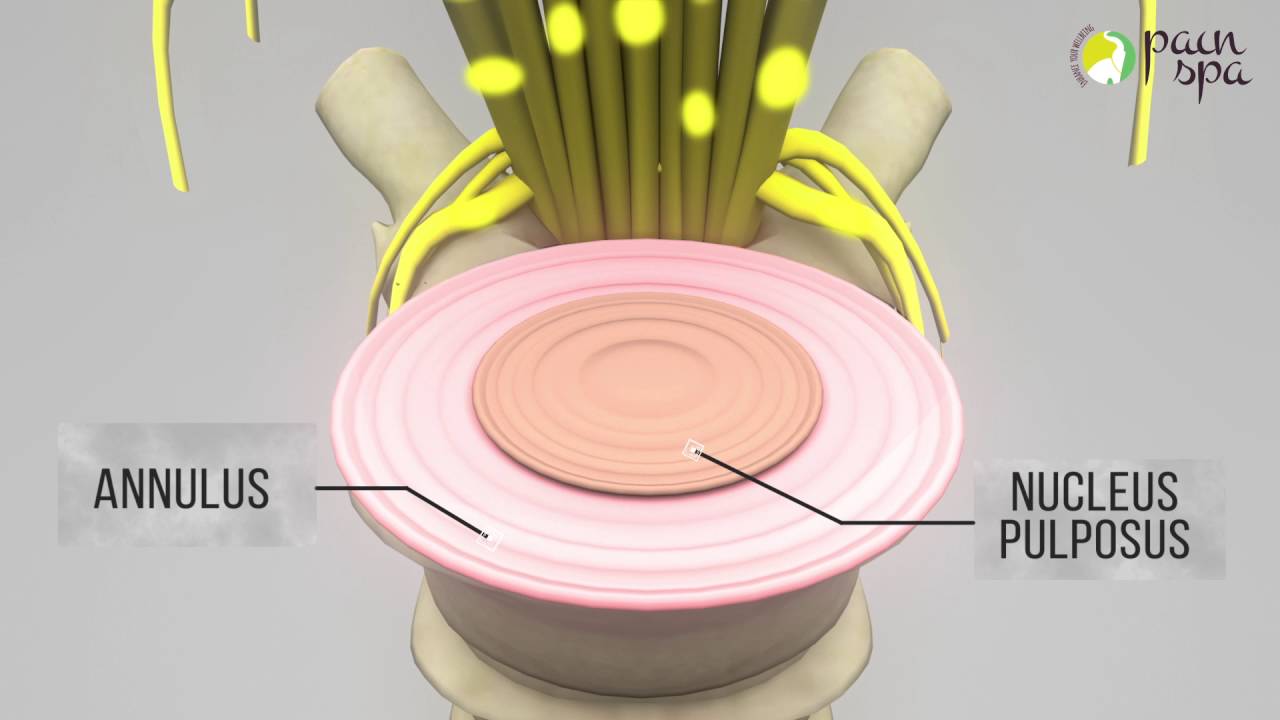
Spinal Stenosis
The term stenosis means narrowing of an opening. Spinal stenosis refers to a narrowing of the spinal canal or the neural foramen through which the nerves leave the spine. Spinal stenosis is a condition in which the nerves in the lumbar spine are compressed (“pinched”), usually due to a combination of overgrowth of bone and thickening of ligaments. This is often part of the aging process. The nerves can be pressed upon as they pass down through the center of the lumbar spine or cervical spine, a condition known as the central stenosis. They may be pressed upon on the side gutters of the spine in cases of lateral recess stenosis. Foraminal stenosis is a condition in which the nerves are pinched as they leave the spinal canal.
Symptoms of Spinal Stenosis
Spinal stenosis in the lumbar spine typically causes numbness, tingling, burning and weakness in the lower extremities. It is usually worsened by standing or walking and is improved with sitting. The reason for this is that often central stenosis is caused by thickening of a ligament running behind the nerves known as the ligamentum flavum. When the patient stands, causing straightening of the spine, the ligamentum flavum buckles and pushes in on the spinal nerves, resulting in pain to the lower extremities. When the patient bends forward, this pulls on the ligamentum flavum, stretching it out and keeping it away from the nerve with reduction of pressure on the nerves and therefore relief of lower extremity pain.
Spinal stenosis in the cervical spine may result in pressure on the nerves causing pain to the upper extremities, or it may result in pressure on the spinal cord resulting in possible spinal damage. Symptoms of this spinal damage may be pain in the neck as well as difficulty in controlling the arms and legs, numbness through the body, bowel and bladder difficulties, and increased reflexes (jumpy legs) in the lower extremities.
Causes
Spinal stenosis is generally caused by the thickening of ligaments in the spine and overgrowth of bone spurs in the spine. It is also associated with the generation and thickening of the facet joints of the spine. All of these are generally associated with the aging process. It may be also caused by conditions in which one bone has slipped upon the other, known as spondylolisthesis. Any condition which causes the narrowing of the spinal canal may cause spinal stenosis. Also, when a herniated disc in the neck or back is extremely large, spinal stenosis may result.
Risk Factors/Prevention
Many of the factors which cause spinal stenosis are related to the aging process. Thickening of the ligaments in the spine, degeneration of the joints and growth of osteophytes are all related to the aging process. Although there is no way to prevent or reverse the aging process, it is known that this process is accelerated by certain factors such as improper lifting, smoking, and excessive body weight. Ways to slow down this process include staying in good shape, exercising, keeping weight down and using proper lifting techniques, which will decrease repetitive stress and trauma to the joints.

